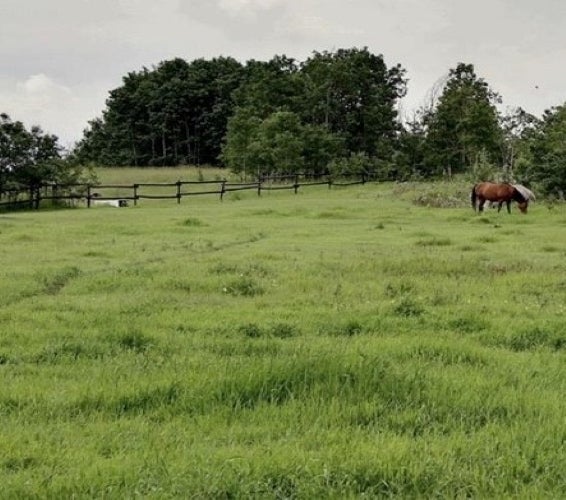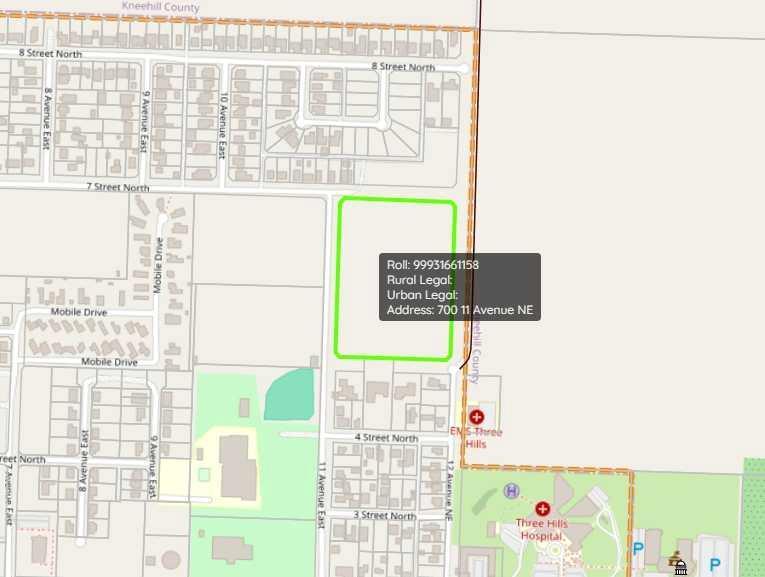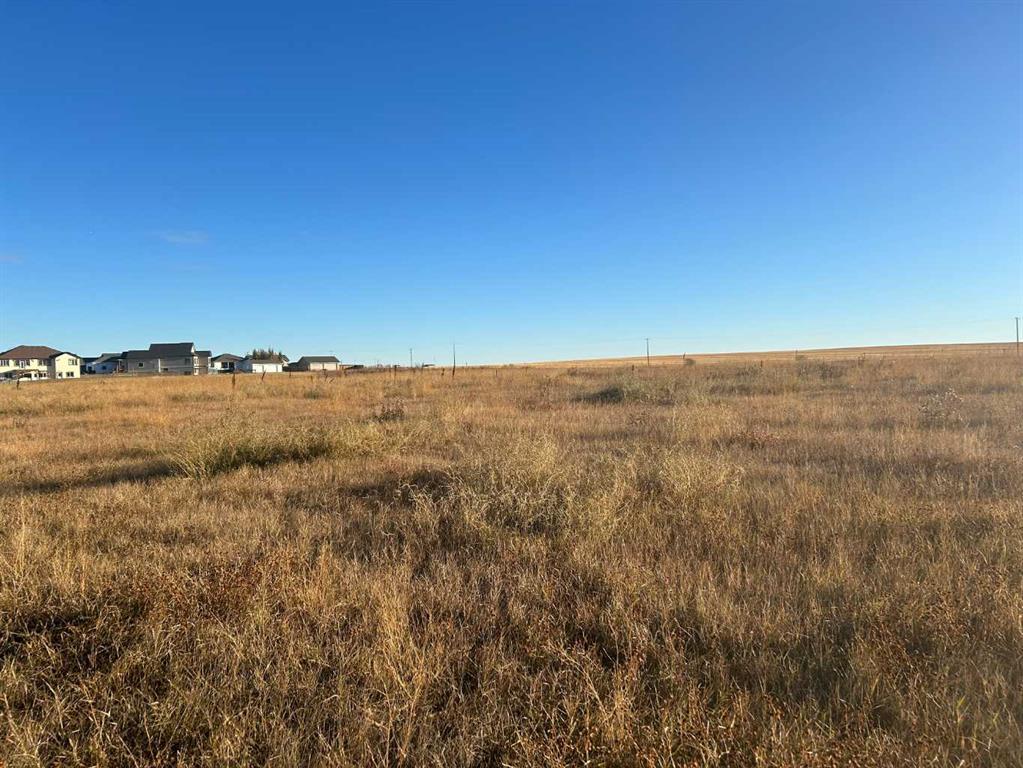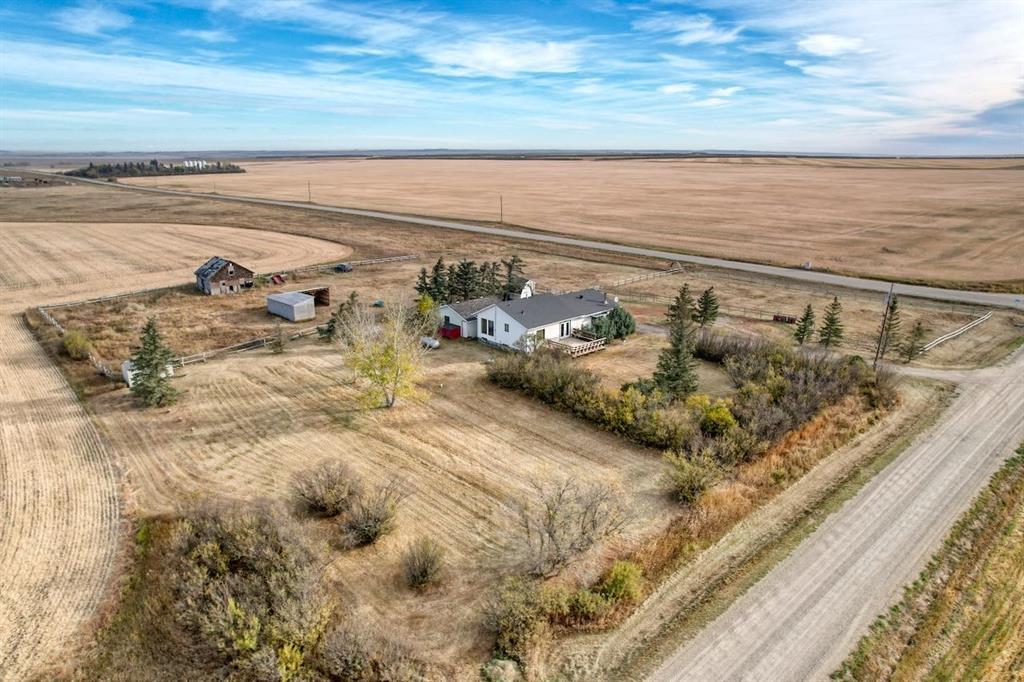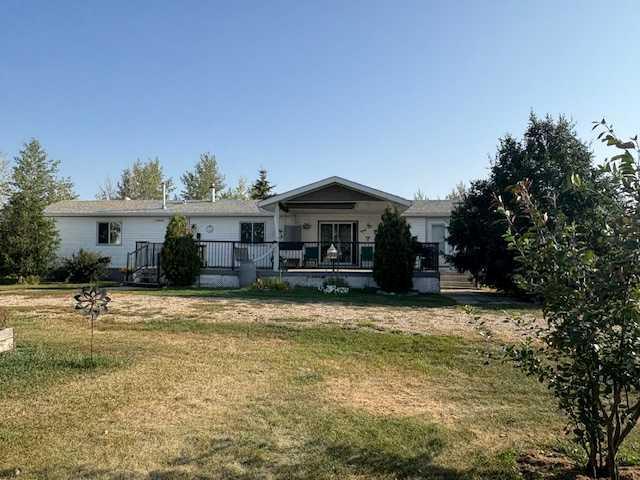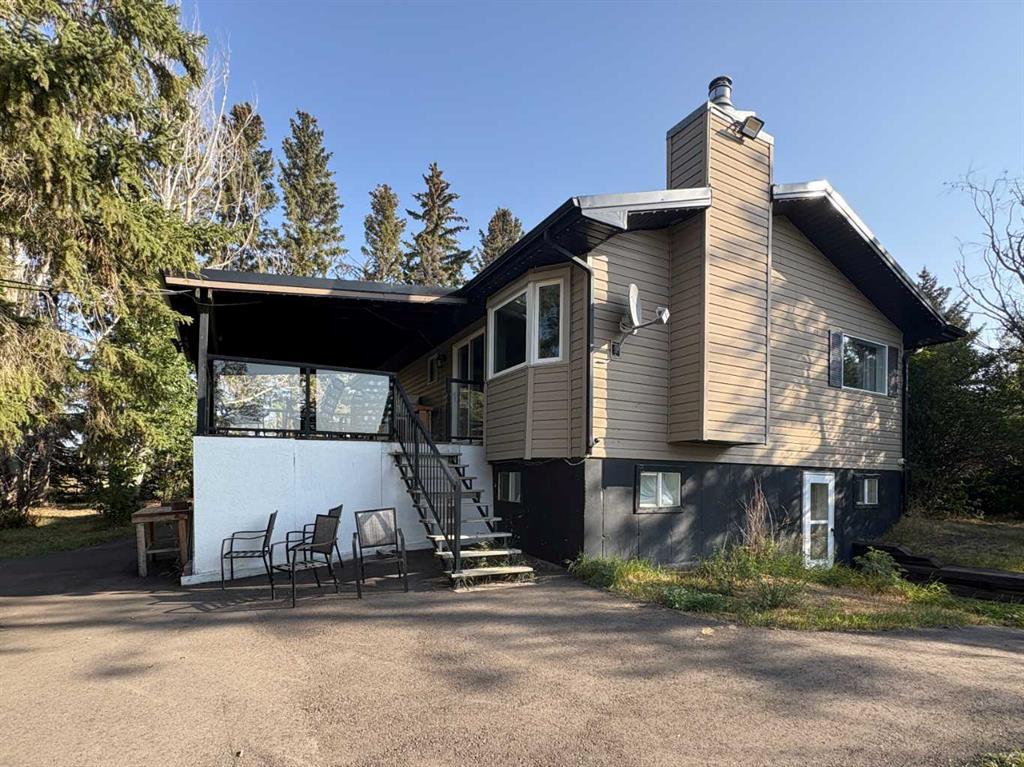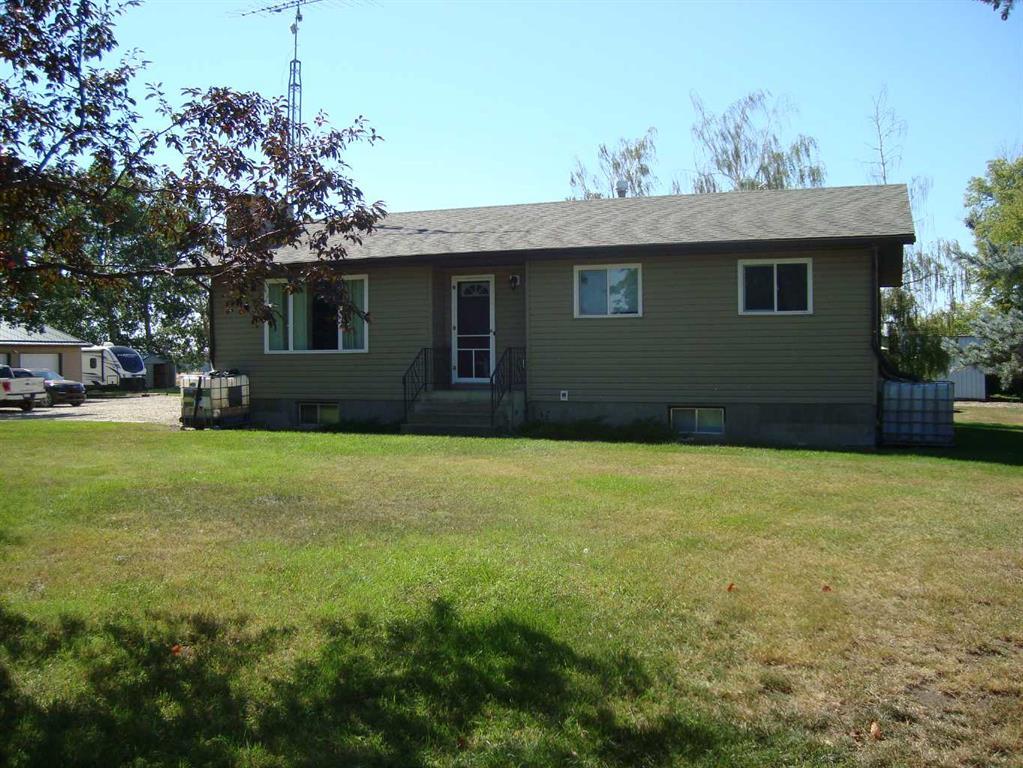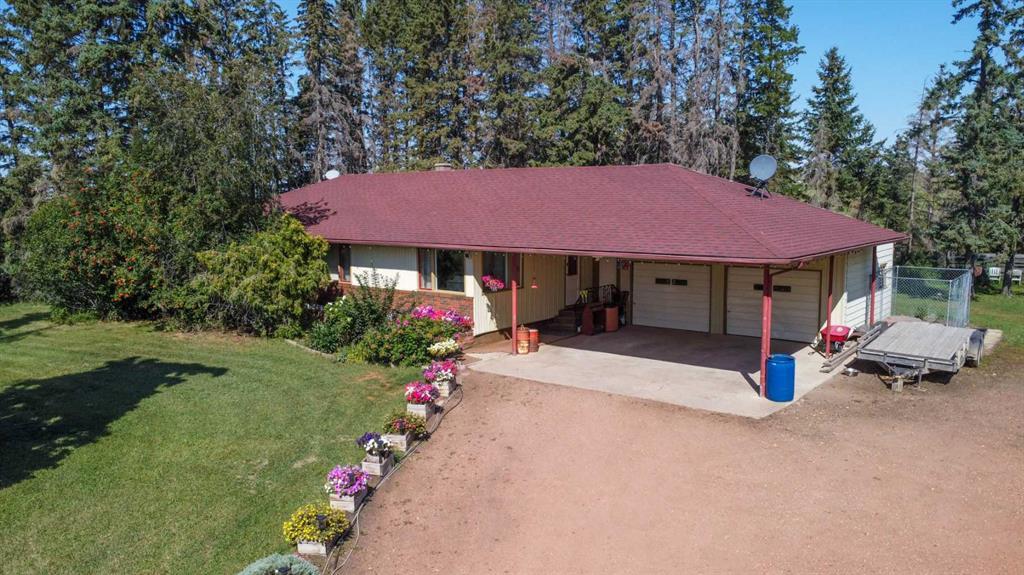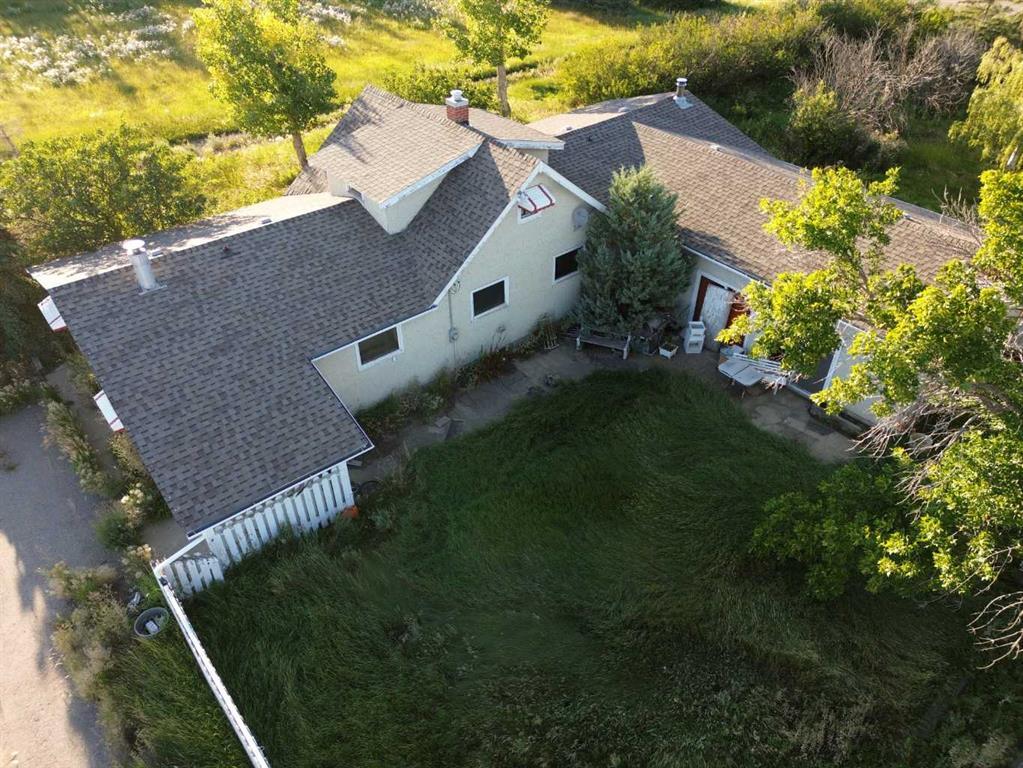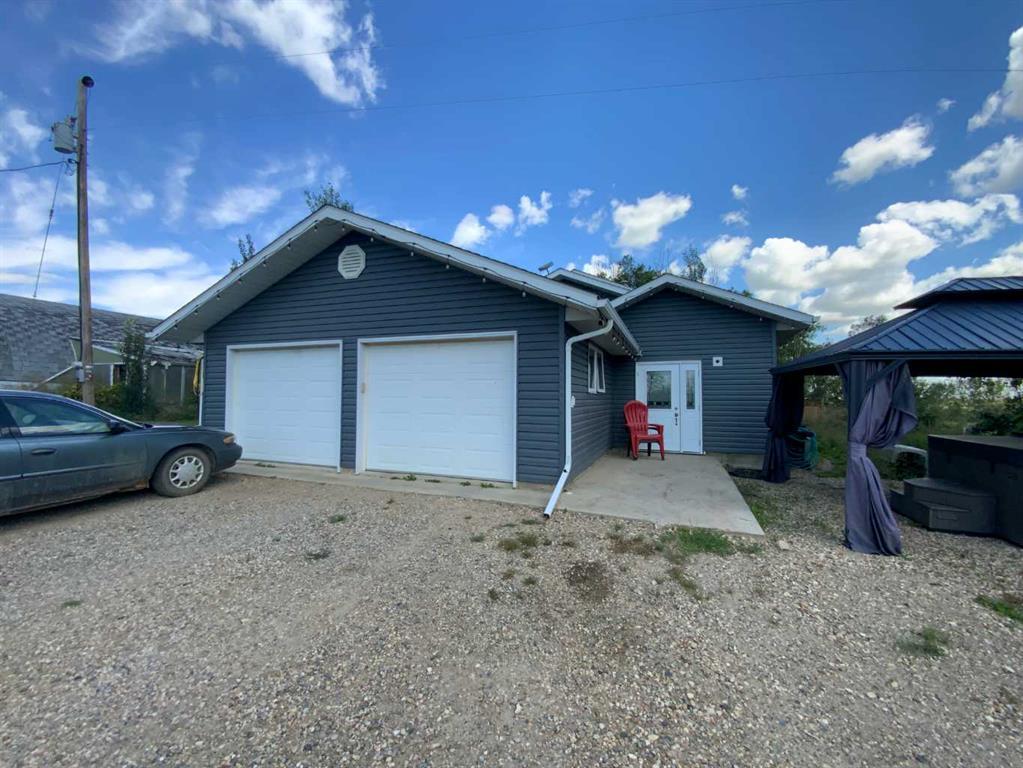Kneehill County, AB Real Estate Statistics
| Average Price | $1.3M |
|---|---|
| Lowest Price | $39.1K |
| Highest Price | $15M |
| Total Listings | 20 |
| Avg. Days On Market | 104 |
| Avg. Price/SQFT | $539 |
Property Types (active listings)
See the Newest Kneehill County, Alberta Acreages 1+ Acre
Find Your Dream Acreage in Kneehill County, Alberta
local communities: Three Hills, Trochu, Carbon, Linden, Acme
Kneehill County sits north of Calgary and offers something increasingly rare in southern Alberta, affordable land in quantities that let you actually use it. The county spans a large area with terrain ranging from flat prairie to rolling hills, and properties here consistently deliver 2-3 times more land per dollar than you'll find closer to Calgary.
Three Hills serves as the county's main hub, providing schools, healthcare, shopping, and services that mean you're not driving to Red Deer or Calgary for everything. Smaller communities like Trochu, Carbon, Linden, and Acme maintain the small-town character and agricultural focus that attracted people here in the first place.
With about 5,000 people spread across the county, you get space, privacy, and neighbors who actually know each other. This isn't a place trying to become suburban; it's agricultural land with communities built around farming and ranching, and that foundation shows in how people approach life here.
Why Choose Kneehill County for Your Acreage?
The value proposition is straightforward. A property that costs $800,000 for 5 acres in Rocky View County might get you 20-40 acres in Kneehill County. If your goal is space for animals, farming, or just not having neighbors on top of you, the math here works better than almost anywhere else in the region.
Property taxes reflect this reality. You'll pay significantly less per year than counties closer to Calgary, and those savings compound over time. The county maintains roads, provides fire protection and emergency services, but you're not paying for the infrastructure density and development costs that drive up taxes elsewhere.
The agricultural economy is real, not decorative. Grain farming and cattle operations are the backbone here, which means local businesses, veterinary services, feed suppliers, and equipment dealers cater to people actually working the land. If you're planning to farm or ranch, even at a hobby scale, you're in a place designed to support that rather than tolerate it.
Distance from Calgary matters. You're 75-120 minutes out, depending on where in the county you land. That's manageable for occasional trips but impractical for daily commuting. If you work remotely, are retiring, or have local employment, the distance becomes a feature rather than a bug, you get space without the pressure.
Popular Areas in Kneehill County
Three Hills is your service center. Schools, healthcare, shopping, recreation, it's all here. The town hosts a post-secondary institution, which adds to the community feel. Properties near Three Hills trade slightly higher due to access, but you're still well below prices in counties closer to Calgary.
Trochu sits west and maintains a quieter pace with basic services. The surrounding terrain includes both prairie and rolling land, giving you options depending on what you want the property for. Prices drop as you move away from Highway 2.
Carbon is small and agricultural. Properties here skew larger and cheaper, appealing to buyers who want maximum land and don't need immediate access to services. This is where you find working farms and people serious about space.
Linden is south, closer to Crossfield and Airdrie. Still rural, still affordable, but geography puts Calgary slightly more in reach if you need occasional access without living next to it.
Acme is northwest and remote. Services are minimal, prices reflect it, and buyers here prioritize solitude and land over convenience.
What Living Here Actually Means
You're on well water and septic. That means testing, maintenance, and budgeting for eventual replacements. These systems work fine but require attention that municipal water and sewer don't.
Snow removal is yours. The county handles main roads, but your driveway and access are your problem. Depending on the property size, you'll need equipment or someone with equipment. Chinooks help, but you're still dealing with winter for several months.
If you have animals, you're feeding and managing them daily regardless of the weather. Kneehill County's agricultural focus means vets and feed suppliers exist, but you're still responsible for the work. This isn't a lifestyle where you check out on weekends.
The tradeoff is space and freedom. Your kids can be outside without constant supervision. Your dogs run without leashes. Projects that need room, building things, growing things, and raising things become possible instead of theoretical.
Remote work here makes sense if you can handle slower internet speeds (satellite or fixed wireless). You're not in traffic, costs are lower, and Calgary or Red Deer are there when you need them for supplies or specific services.
Community connections matter more in rural areas because you actually need your neighbors sometimes. People lend equipment, share knowledge, and help during emergencies. It's not romanticized rural life; it's practical mutual support that functions because isolation creates necessity.
Kneehill County Real Estate Market
Smaller acreages (2-5 acres) with livable homes start around $350,000-$500,000. Larger properties (10-40 acres) with older homes or buildings needing work run $300,000-$450,000. Parcels over 40 acres aimed at farming or ranching vary widely based on land quality, water, and infrastructure.
Western areas near Highway 2 cost more than the eastern parts of the county. If maximum land at minimum price is your priority, look east and north.
Zoning supports agricultural use. Horses, cattle, chickens—standard for most properties without special permits. Larger commercial operations may have different requirements, but hobby farming and small-scale agriculture are expected, not exceptions.
Competition is minimal. Properties sit longer here than in Rocky View or Foothills, which gives you time to evaluate and negotiate. Fixer-uppers and remote locations sit even longer, creating opportunities if you're willing to take on work or distance.
What To Do Here
Outdoor activities focus on land-based recreation. Hunting, fishing, horseback riding, and ATV use, things that require space rather than facilities. Crown land access exists for people who want to explore beyond their own property.
Three Hills has pools, arenas, and recreation programs. Smaller towns have community halls and local events that create social connections. Youth programs include 4-H and agricultural clubs that teach practical skills alongside social interaction.
Calgary is 90 minutes south, Red Deer roughly the same distance north. Most residents go quarterly or less, but having access for specific needs works fine when you're not dependent on it weekly.
Agricultural events, fairs, auctions, and rodeos happen regularly and function as both social gatherings and practical business venues. If you're raising animals or farming, these events serve multiple purposes.
Ready to Find Your Kneehill County Acreage?
We know the market here and understand what buyers need to evaluate when looking at rural properties this far from major centers. Whether you're leaving Calgary, relocating from another province, or upsizing from smaller land, we'll help you find property that matches your actual priorities rather than what sounds good on paper.
Our team connects buyers with lenders and inspectors who understand rural real estate. We're not here to sell you on a lifestyle; we're here to help you make a practical decision about where and how you want to live.
Frequently Asked Questions About Kneehill County Acreages
How much does an acreage cost in Kneehill County?
Properties range from $300,000 to $600,000, depending on size and condition. Smaller acreages (2-5 acres) near Three Hills start around $350,000-$500,000, while larger parcels (10-40 acres) run $300,000-$450,000. You'll get 2-3 times more land here than in counties closer to Calgary at the same price point.
How far is Kneehill County from Calgary?
The county starts about 100 kilometers north of Calgary. Properties near Linden are 75-90 minutes out, while Three Hills and further north push 90-120 minutes. This works for occasional trips but not daily commutes to Calgary.
Why is Kneehill County so much cheaper?
Distance. You're far enough from Calgary that commuting becomes impractical, which removes the premium buyers pay for proximity. The county is agricultural rather than residential-focused, and property taxes reflect lower service demands. If you don't need to be near Calgary daily, the distance becomes an advantage rather than a limitation.
What internet options exist in Kneehill County?
Primarily satellite or fixed wireless. Speeds are slower than in urban areas, and some providers have data caps. Three Hills has better options than remote parts of the county. Remote work is possible but requires realistic expectations about connectivity.
Can you make money farming in Kneehill County?
Depends entirely on scale, experience, and market conditions. Many residents operate hobby farms or small cattle operations that offset costs rather than generate primary income. Commercial farming requires significant capital, equipment, and expertise. The county's agricultural infrastructure supports both, but profitability depends on your specific operation and goals.
What's the school situation in Kneehill County?
Three Hills has elementary through high school options (public and Catholic). Smaller communities have elementary schools, with students busing to Three Hills or nearby towns for higher grades. Class sizes are smaller than urban schools, which some families prioritize and others find limiting.
Do you need a truck to live in Kneehill County?
Not technically required, but practical. Gravel roads, winter conditions, hauling supplies, and property maintenance make trucks or larger vehicles more useful than sedans. Many residents own trucks or have access to one for tasks that require hauling capacity.
What are winters like in Kneehill County?
Cold. Average January temperatures sit around -15°C, with cold snaps dropping below -30°C. Chinook winds provide occasional warm breaks that melt snow. You'll need reliable heating, good insulation, and equipment to manage snow. Livestock need proper shelter, and water management becomes more complicated when temperatures drop.
Is Kneehill County growing or shrinking?
Stable to slight decline. The county isn't experiencing the growth pressure seen closer to Calgary. Some younger people leave for employment elsewhere, while others move in seeking affordable land. The population has remained relatively consistent, which means less development pressure but also less infrastructure investment compared to growing regions.
What's the real reason people choose Kneehill County?
Affordability and space. If you want 20+ acres to farm, raise animals, or just have room to breathe, and you don't need to be in Calgary regularly, Kneehill delivers value that's hard to match. People here prioritize land over convenience, and the price difference makes that tradeoff financially sensible.
Browse Other Communities



